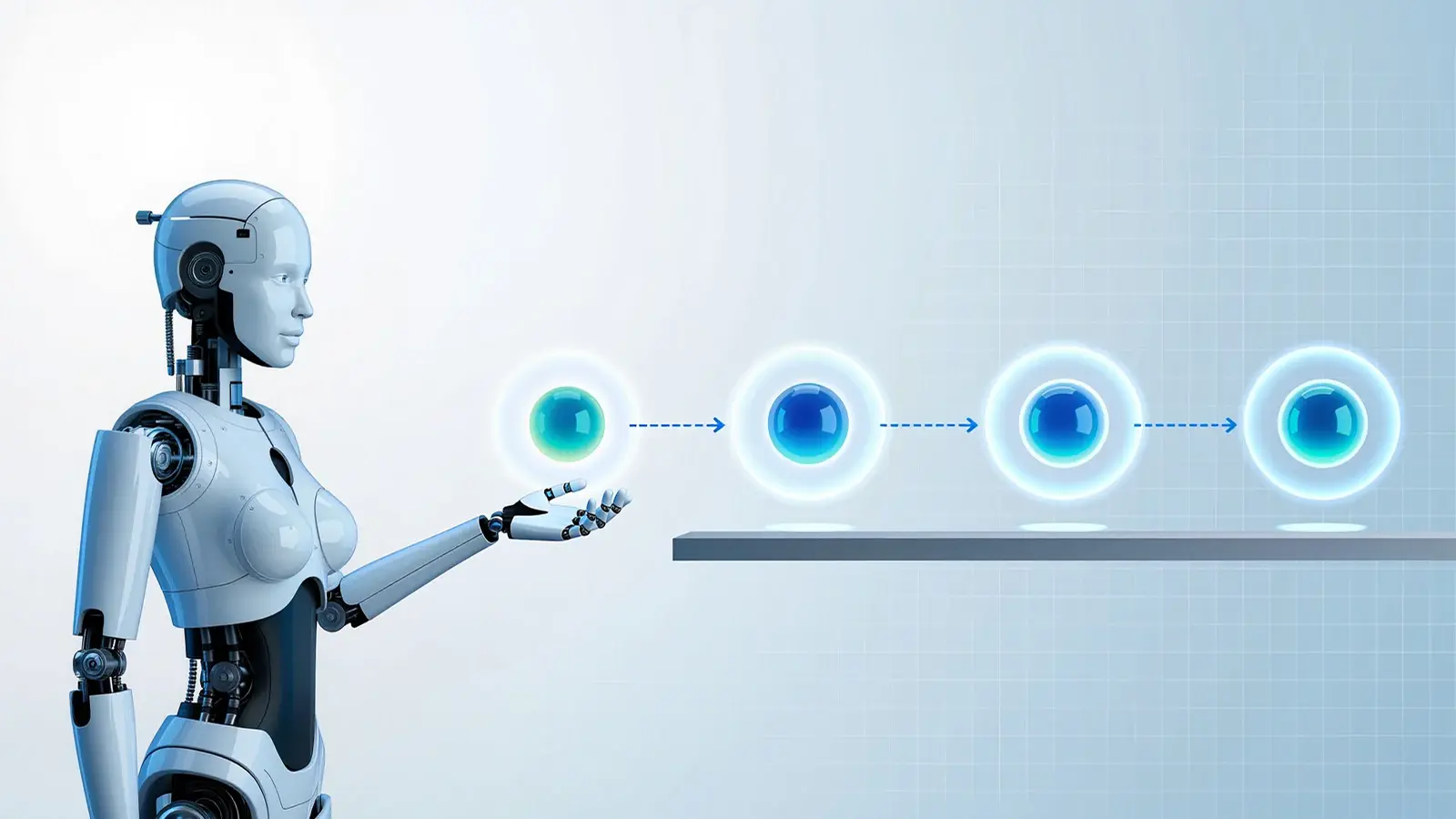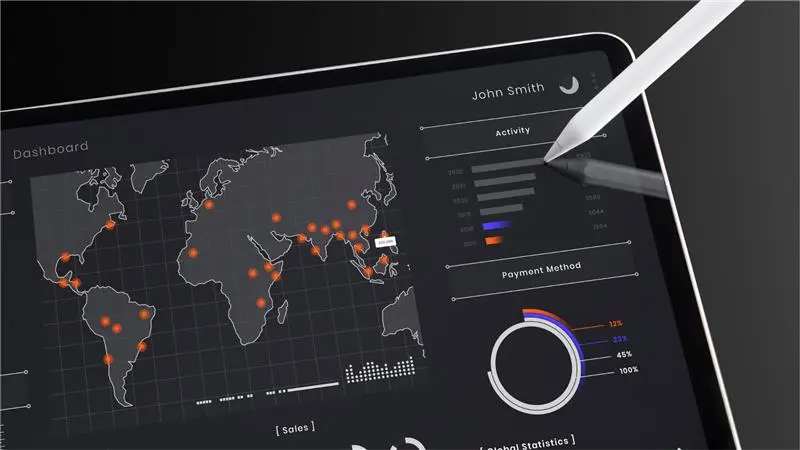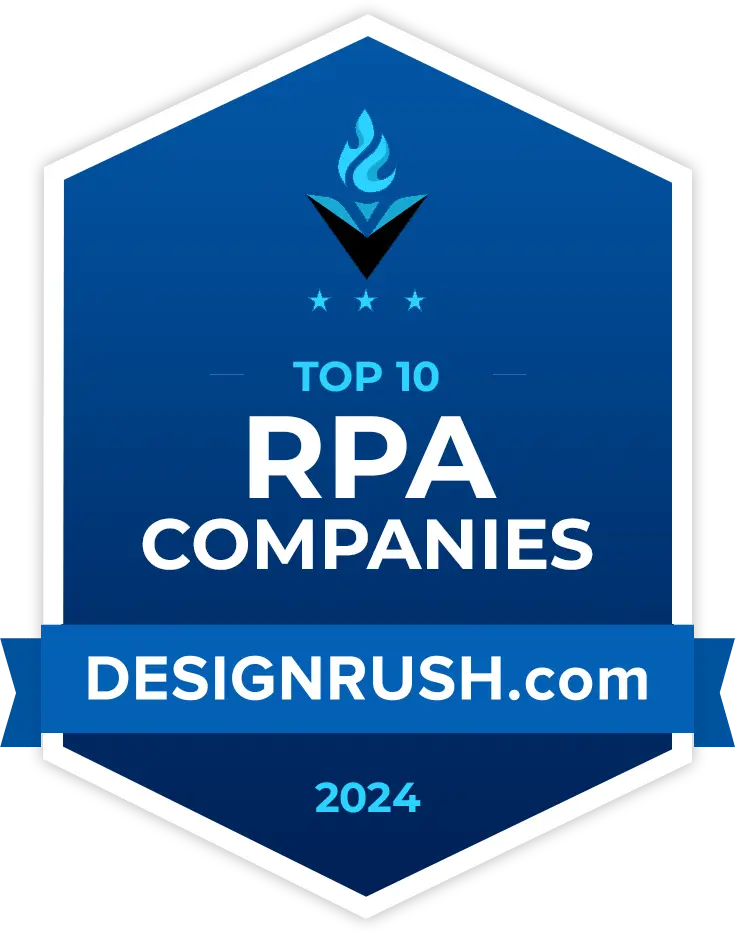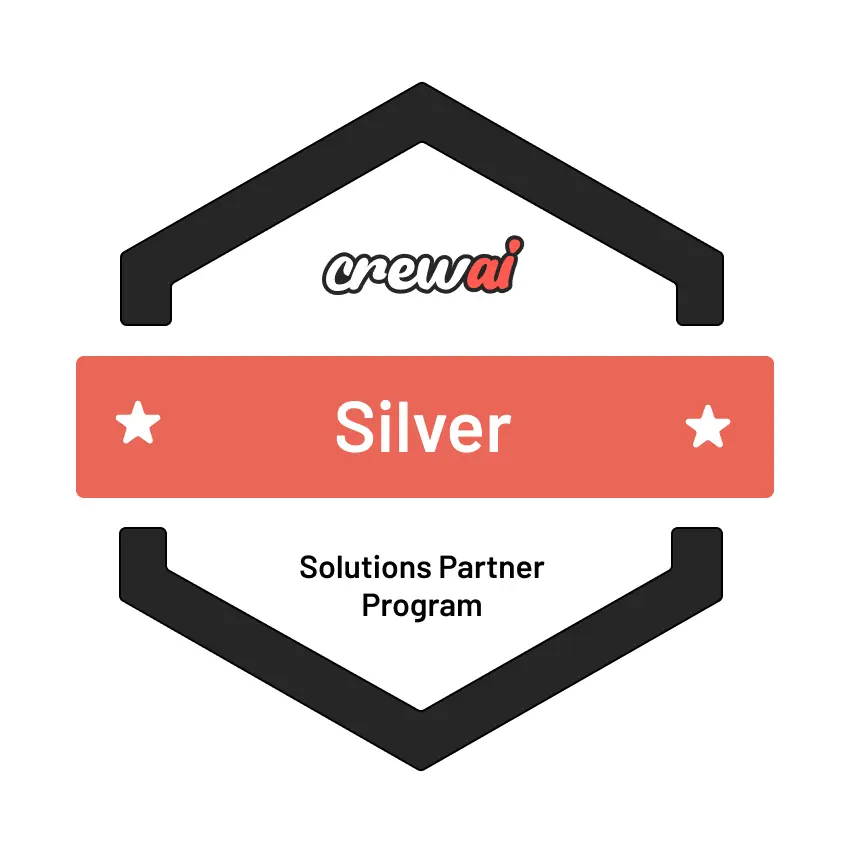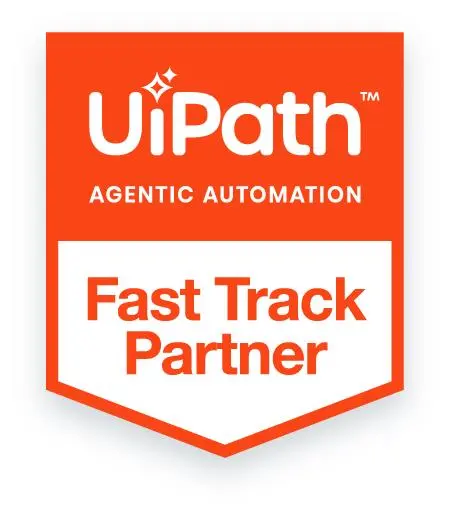
Healthcare is experiencing a profound transformation driven by increased efficiency, accuracy, and improved patient care. One significant advancement is healthcare process automation – an emerging technology that is revolutionizing how medical staff operate by streamlining repetitive tasks, decreasing errors, and freeing up valuable time – it has proven itself invaluable to healthcare staff members.
The Growing Need For Automation in Healthcare
Healthcare systems worldwide are facing rising patient volumes and increasing administrative tasks that demand high-quality care, making medical staff particularly susceptible to burnout due to paperwork management processes, billing processes, and data storage needs. Errors that occur can have disastrous results for patient safety. Automation solutions offer one way out: automation.
Healthcare process automation offers an effective solution to these challenges head-on. Leveraging technologies like robotic process automation for medical billing, artificial intelligence (AI), and machine learning, healthcare organizations can automate routine tasks, allowing medical staff to focus on providing patient care rather than mundane administrative duties.
Key Areas Where Automation Is Making an Impact
Administrative Tasks
Administrative tasks, including appointment scheduling, patient registration, and record keeping, are time-consuming but essential processes. Automation tools can ease these processes by handling them seamlessly, reducing staff burden and errors; automated systems can send reminders directly to patients about appointments, update medical records live, and verify insurance eligibility instantly.
Medical Billing and Coding
Robotic process automation in healthcare for medical billing is revolutionizing how healthcare organizations manage their finances. Medical billing involves an intricate web of coding, claim submissions, follow-ups with insurance companies, and follow-ups, which, if performed manually, could cause late payments or claim denials; automating this process ensures accuracy while speeding up billing cycles and improving revenue management.
Automated Patient Monitoring
Automation is revolutionizing patient care by providing remote monitoring and tailored treatment plans. Wearable devices connected to IoT-enabled tools collect real-time patient data, allowing healthcare providers to track vital signs in real-time and intervene when necessary—improving outcomes while decreasing hospital visits.
Inventory Management
Hospitals and clinics rely on reliable supplies of medical equipment, medications, and essentials. Automated inventory management systems can monitor stock levels, predict demand patterns, and place orders automatically – guaranteeing medical staff always have what they need without the burden of manual tracking.
Vast quantities of data
Healthcare generates vast quantities of data, from patient records to clinical trial results. Automation tools can efficiently and quickly analyze this data quickly, yielding insights that inform decision-making. Predictive analytics are particularly effective at detecting trends, forecasting disease outbreaks, and providing treatment recommendations.
Benefits of Process Automation in Healthcare
Healthcare process automation offers numerous advantages for both medical staff and patients. It can improve efficiency while decreasing patient wait times.
Focus on vital activities
Automating repetitive medical tasks allows medical staff to focus on more vital activities, leading to faster turnaround times and increased productivity.
Error Reduction
Human errors in tasks like data entry, robotic process automation for medical billing, and medication administration can have significant repercussions; automated systems ensure accuracy while reducing the chance of mistakes.
Saves Money
Automation’s ability to streamline processes and reduce errors allows healthcare organizations to save money. For instance, robotic process automation for medical billing can significantly decrease claim denials while increasing revenue cycles.
Improves Patient Experience
Automation can improve patient experiences by shortening wait times, guaranteeing accurate billing, and offering personalized care. Patients also appreciate automated reminders and telehealth services, which enhance the experience.
Staff Satisfaction
Medical staff often experience high levels of stress from heavy workloads. Automation helps ease this burden, increase job satisfaction, and lower burnout.
Challenges and Considerations
While healthcare process automation offers numerous advantages, its implementation also comes with significant costs in terms of technology and training requirements. To protect patient data, healthcare organizations must ensure automated systems adhere to applicable regulations such as HIPAA.
Concerns remain regarding potential job-loss repercussions. While automation can handle repetitive tasks more efficiently than people can, medical staff will need to adapt to new roles requiring critical thinking and emotional intelligence that machines cannot replicate.
Future of Healthcare Automation
Healthcare process automation holds great promise. As technology progresses, we can expect even more advanced solutions, such as AI-driven diagnostics, robotic surgeries, and predictive analytics, that will further increase the efficiency and quality of healthcare delivery.
Integration of automation with other emerging technologies, such as blockchain and 5G, will open up exciting new avenues for secure data sharing and real-time communication, helping healthcare providers provide more coordinated and personalized care to patients.
Bottom Line
Healthcare process automation has come of age in healthcare. By automating repetitive tasks, increasing accuracy, and improving patient care, automation has transformed medical staff workflows significantly. Healthcare organizations that adopt these technologies will become better prepared to adapt quickly in an ever-evolving landscape.
Automation for healthcare professionals from Auxiliobits means more than simply staying ahead of the curve; it means creating an efficient, effective, and patient-centric healthcare system that is the future. Now is the time to act!
Leveraging tools such as robotic process automation for medical billing and other automation solutions, healthcare organizations can unleash new levels of efficiency and innovation – the result is happier staff members, healthier patients, and a brighter future for healthcare.


